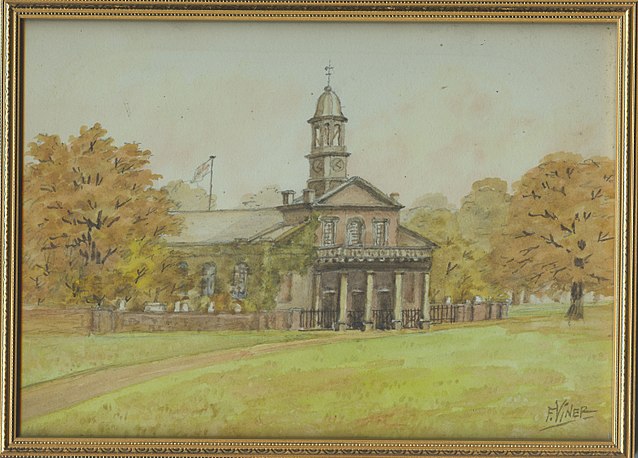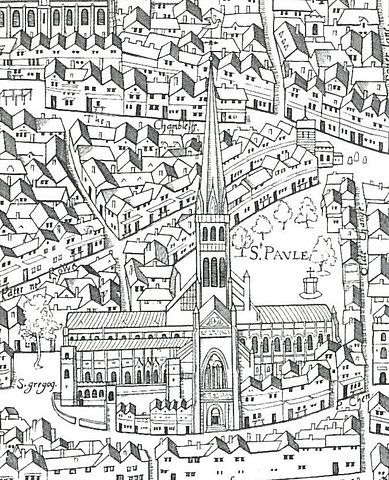Duc_et_Pair
Imperial Majesty
- Joined
- Mar 30, 2014
- Messages
- 13,235
- City
- City
- Country
- Netherlands
I prefer more serene and sober churches I am afraid to say. This sort of church interiors is too tralala for my personal taste. This colourful abundance is typical for many Catholic churches in that region (Central Europe). But the bridal couole chose this and all pictures were magnificent and very pictural anyway.




